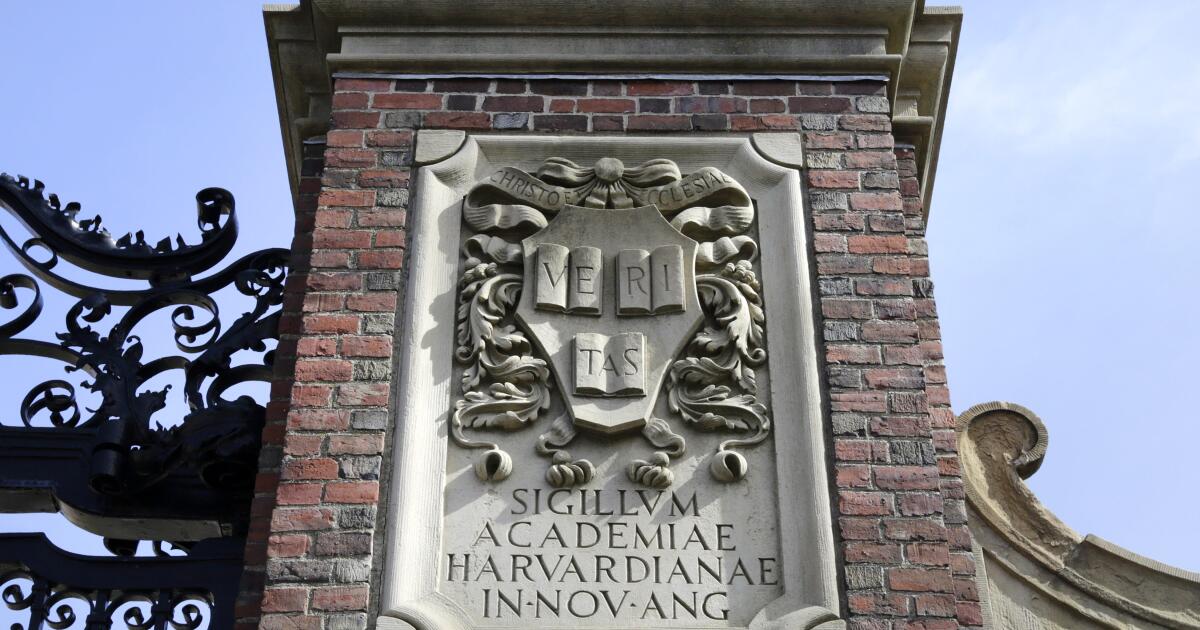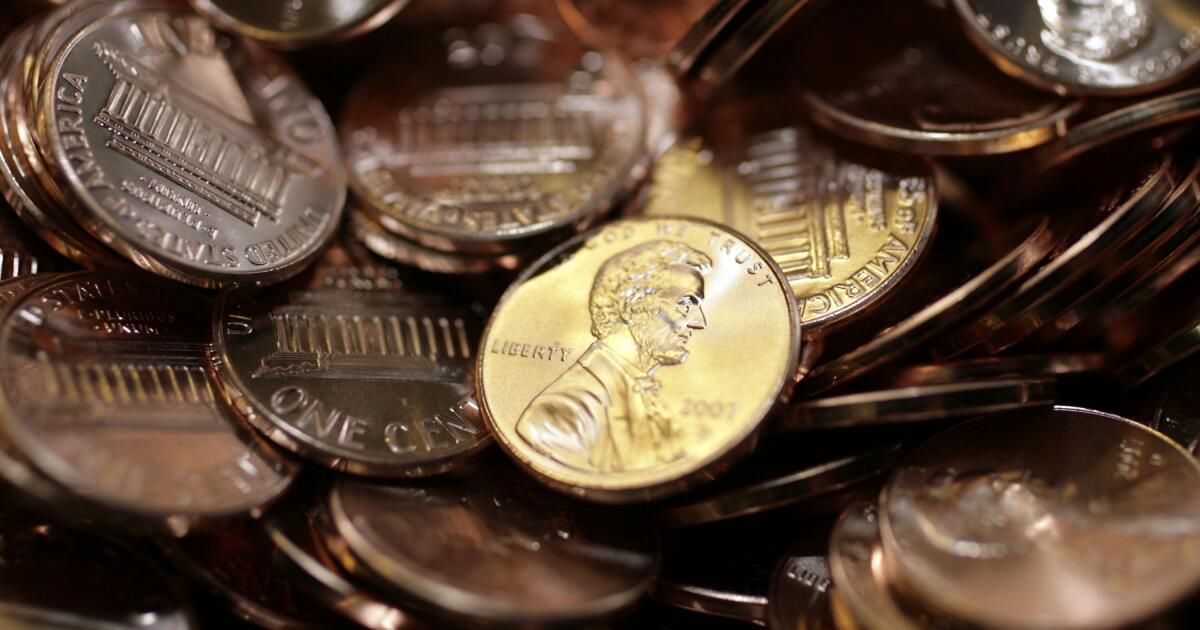Trump administration moves to cut $100 million in federal contracts for Harvard
WASHINGTON — The Trump administration is asking federal agencies to cancel contracts with Harvard University worth about $100 million, a senior administration official said Tuesday, intensifying the president’s clash with the nation’s oldest and wealthiest university.
The government already has canceled more than $2.6 billion in federal research grants for the Ivy League school, which has pushed back on the administration’s demands for changes to several of its policies.
A draft letter from the General Services Administration directs agencies to review contracts with the university and seek alternate vendors. The administration plans to send a version of the letter Tuesday, the official said. The official spoke on the condition of anonymity to describe internal deliberations.
The New York Times first reported on the letter.
President Trump has railed against Harvard, calling it a hotbed of liberalism and antisemitism. The school filed a lawsuit April 21 over the administration’s calls for changes to the university’s leadership, governance and admissions policies. Since then, the administration has slashed the school’s federal funding, moved to cut off enrollment of international students and threatened its tax-exempt status.
Contracts include scientific research, executive training
The administration has identified about 30 contracts across nine agencies to be reviewed for cancellation, according to another administration official who was not authorized to speak publicly and provided details on the condition of anonymity.
The contracts total roughly $100 million. They include executive training for Department of Homeland Security officials, research on health outcomes related to energy drinks and a contract for graduate student research services.
Agencies with contracts that are deemed critical are being directed not to halt them immediately, but to devise a plan to transition to a different vendor other than Harvard.
The letter applies only to federal contracts with Harvard and not its remaining research grants.
Trump threatens to give Harvard’s funding to trade schools
Trump laid into Harvard on social media over the weekend, threatening to cut an additional $3 billion in federal grants and give it to trade schools across the United States. He did not explain which grants he was referring to or how they could be reallocated.
The president also accused Harvard of refusing to release the names of its foreign students. In a new line of attack, he argued that students’ home countries pay nothing toward their education and that some of the countries are “not at all friendly to the United States.” International students are not eligible for federal financial aid, but Harvard offers its own aid to foreign and domestic students alike.
“We are still waiting for the Foreign Student Lists from Harvard so that we can determine, after a ridiculous expenditure of BILLIONS OF DOLLARS, how many radicalized lunatics, troublemakers all, should not be let back into our Country,” Trump said on social media.
It wasn’t clear exactly what he was demanding. The federal government already has access to visa information and other records on foreign students at Harvard and other universities.
The Department of Homeland Security has demanded that Harvard turn over a trove of files related to its foreign students, including disciplinary records and records related to “dangerous or violent activity.”
Harvard says it complied, but the agency said its response fell short and moved to revoke the university’s ability to enroll foreign students. A federal judge in Boston temporarily blocked the move after Harvard sued.
Other nations respond
Japan’s government said Tuesday that it’s looking for ways to help Harvard’s foreign students. Education Minister Toshiko Abe told reporters she planned to ask Japanese universities to compile measures to support international students.
The University of Tokyo, Japan’s top school, is considering temporarily accepting some Harvard students hit by the Trump sanctions.
Superville and Binkley write for the Associated Press.


